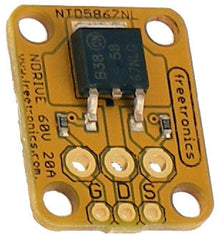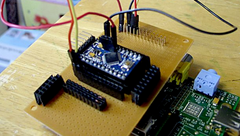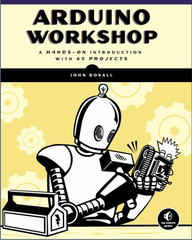One of the benefits of a Raspberry Pi is the amount of CPU power available for the money, and ths can be harnessed for all sorts of uses - including voice recignition. Ben Finio has demonstrated a useful project based on this technology with his voice-controlled power points. Doing so is easy - by hacking the remote from a set of wireless outlets the Raspberry Pi can easily control them safely without any mains wiring.
Then it's a matter of configuring the Voice Command software which is available as part of the PiAUISuite (Pi Alternative User Interface Suite) by Steven Hickson. This sends voice captured by a microphone on a connected USB camera to Google for recognition, whose results are then used by the software to control the wireless remote. Check out the following video for a demonstration:
To learn more about this interesting project, visit Ben's Instructable page. And for more, we're on facebook, Google+, and twitter - so follow us for news and product updates as well.
If you're making a similar project and need to control large currents with your Arduino digital outputs - you'll need a MOSFET. We've got you covered with out NDRIVE: N-MOSFET driver/output module:
This high-power N-MOSFET module lets you switch high-current loads using a tiny microcontroller. Perfect for controlling that set of traffic lights mounted in your living room! Works brilliantly for automotive projects such as switching high-power 12V lights and high wattage LEDs. For more information and to order, visit the product page.

































